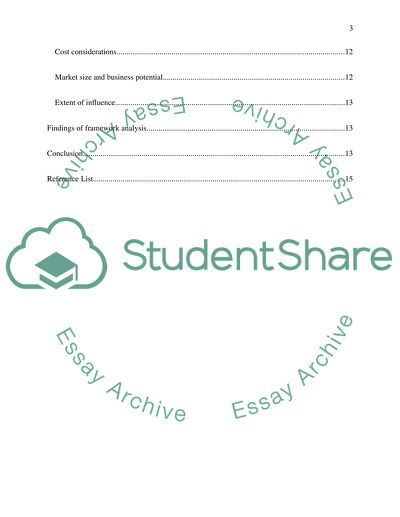Cite this document
(International Marketing: McDonalds Corporation Case Study, n.d.)
International Marketing: McDonalds Corporation Case Study. Retrieved from https://studentshare.org/marketing/1498310-international-marketing
International Marketing: McDonalds Corporation Case Study. Retrieved from https://studentshare.org/marketing/1498310-international-marketing
(International Marketing: McDonalds Corporation Case Study)
International Marketing: McDonalds Corporation Case Study. https://studentshare.org/marketing/1498310-international-marketing.
International Marketing: McDonalds Corporation Case Study. https://studentshare.org/marketing/1498310-international-marketing.
“International Marketing: McDonalds Corporation Case Study”, n.d. https://studentshare.org/marketing/1498310-international-marketing.


